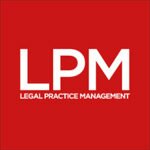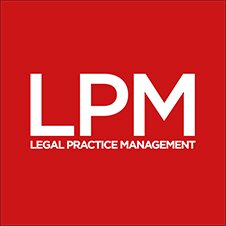Data like gold dust by Graham Moore, Katchr
This article was originally featured as a column in the October issue of LPM. To read the issue in full, download LPM.
Most law firms are sitting on a goldmine of information that could radically improve their profitability through more appropriate pricing of their services.
At the two LPM conferences in London and Birmingham in 2017, Katchr ran workshops on selling legal services profitably. It was interesting to hear the variety of views on what clients want in terms of pricing from delegates. Some attendees said clients simply want lower prices, but others suggested more predictable pricing was more important to them.
A good pricing strategy, of course, can be developed based on the answers to two crucial questions: How much will a service cost to deliver, and what value does the client put on that piece of work? While much could be said about how firms can improve both the real and perceived value of their services, I want to focus on the cost-of-delivery component of pricing.
Knowing what it costs the firm to deliver a piece of work is often the area of pricing that firms find most challenging. As humans we’re notoriously bad at estimating cost, so instead of guessing firms should turn to data.
Much legal work (though not all) will be similar in objective and scope to previous cases handled by the same people or teams. If this statement is accepted as true, data will – or should – exist somewhere in the firm on time taken and costs incurred for previous cases.
What we would like to know, ideally, when setting a price for a service is:
1. How many times have we done this before?
2. What did we charge on previous occasions?
3. What profit or loss was made in each previous case?
With that information we can start to assess the average values, variability and risk associated with any given pricing level. This is information so many firms have but don’t use. Any firm that has been recording work types and time for their matters potentially has a database of information to mine for guidance on appropriate pricing.
So, why don’t firms make better use of this information? I believe in part it’s lack of confidence in the data. According to Natwest’s 2017 legal benchmark report, median chargeable hours in SME law firms is 866 hours – less than four hours a day. The assumption in most firms is that not all time spent on cases is recorded, and therefore any cost calculations are invalid. But any firm that knows their utilisation rate for a given work type can easily apply that to actual time recorded to achieve a reasonable estimate for actual time taken.
The other reason firms don’t make good use of historic data is the technical difficulty in extracting it and the time taken to produce the right calculations. This is where a well-designed and regularly updated management information system comes into play – delivering historical cost and profitability information with the relevant numbers to anyone.
So, to sell legal services profitably, firms need to get pricing right, which requires better use of data, present and past.



